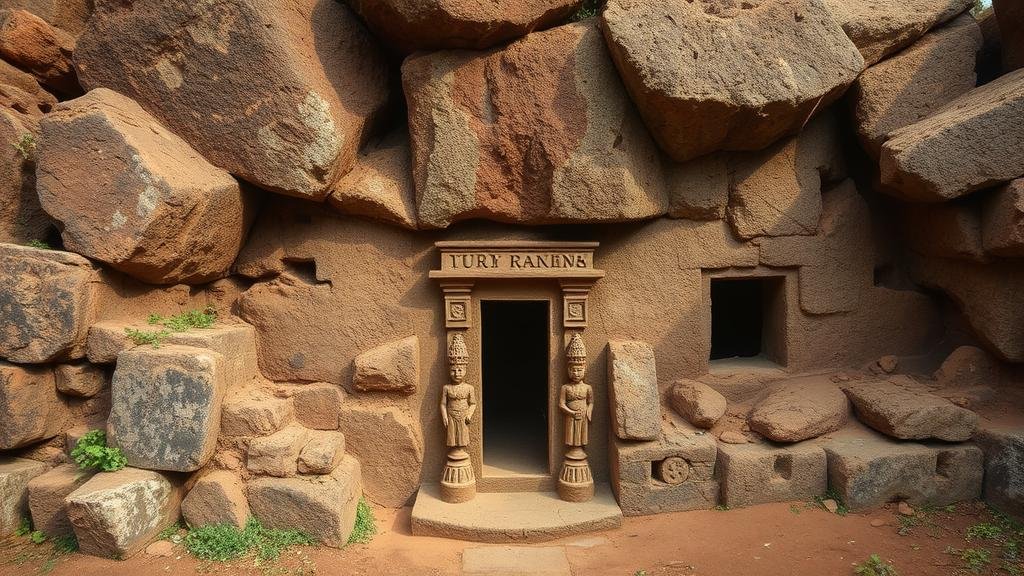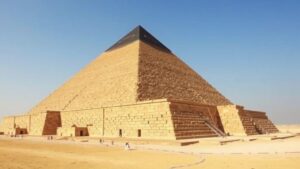Exploring the lost temples of early Dravidian civilizations buried in Tamil Nadu.
Exploring the Lost Temples of Early Dravidian Civilizations Buried in Tamil Nadu
Tamil Nadu, a southern state in India, boasts a rich cultural heritage that dates back thousands of years. Among its numerous marvels are the lost temples of early Dravidian civilizations, which lie buried beneath the earths surface, waiting to be uncovered. This article explores the archaeological significance, historical context, and cultural essence of these remarkable structures that reflect the ingenuity and artistic prowess of the Dravidian people.
The Historical Context of Dravidian Civilizations
The Dravidian civilization is believed to have emerged around 3000 BC, with a complex social structure and advanced urban planning, particularly prominent in cities like Mohenjo-Daro and Harappa of the Indus Valley civilization. In Tamil Nadu, early Dravidian settlers began establishing their own identity, contributing to the regions cultural and architectural landscape. By the 6th century AD, the rise of the Tamil dynasties, such as the Cholas, Pandyas, and Pallavas, led to a significant flourishing of temple architecture.
A Glimpse into Lost Temples
The term lost temples refers to sacred sites that were abandoned, forgotten, or hidden, often due to natural disasters, political shifts, or urbanization. Some of the most notable temples include:
- Thanjavur Brihadeeswarar Temple: Built-in 1010 AD during the reign of Raja Raja Chola I, this temple is a UNESCO World Heritage Site that exemplifies Dravidian architecture.
- Kumbakonam temples: Home to various ancient temples that showcase intricate carvings and ornate sculptures, many of which are still being excavated and restored.
- Peruvudaiyar Kovil: Also known as the Brihadeeswarar Temple, it is one of the largest temples in India, marking the zenith of Dravidian architecture.
Archaeological Discoveries
Recent archaeological endeavors have unveiled the remnants of temples buried for centuries. For example, excavations near the ancient town of Poompuhar have revealed temple ruins that date back to the early Chola period. Artifacts such as stone sculptures, inscriptions, and terracotta figurines have provided valuable insights into the religious practices and societal norms of the time. Notably:
- In 2017, an excavation in the Thanjavur district led to the discovery of a temple complex that is estimated to be over 1,200 years old.
- The findings at the Azhagiapandipuram site included a series of elephant figures carved onto temple walls, indicative of Dravidian iconography.
Preservation Efforts and Challenges
Despite the historical and cultural significance of these lost temples, various challenges hinder preservation efforts. Issues such as pollution, urbanization, and neglect put these archaeological treasures at risk. Initiatives taken by organizations like the Archaeological Survey of India (ASI) aim to restore and conserve these sites.
Real-World Applications and Cultural Impact
The exploration and restoration of lost Dravidian temples serve not only an archaeological purpose but also a cultural one. They enable scholars, historians, and tourists to appreciate the depth of Tamil Nadus history. Plus, these sites are pivotal for:
- Tourism: Increased interest in heritage tourism can provide economic opportunities for local communities and promote sustainable development.
- Cultural Identity: Reviving these ancient traditions fosters a sense of pride among Tamil people, reinforcing their cultural identity.
Actionable Takeaways
For individuals interested in exploring the rich tapestry of early Dravidian civilizations, consider the following:
- Plan a visit to historic temples in Tamil Nadu to experience their architectural beauty firsthand.
- Engage in local heritage walks or archaeological tours to gain deeper insights into the significance of these sites.
- Support heritage conservation initiatives through donations or volunteer opportunities with organizations dedicated to preserving Tamil culture.
To wrap up, the lost temples of early Dravidian civilizations are not only architectural marvels but also vital pieces of the historical puzzle that shape contemporary Tamil culture. Their rediscovery fosters a greater appreciation for the past, ensuring that these ancient structures continue to inspire future generations.



